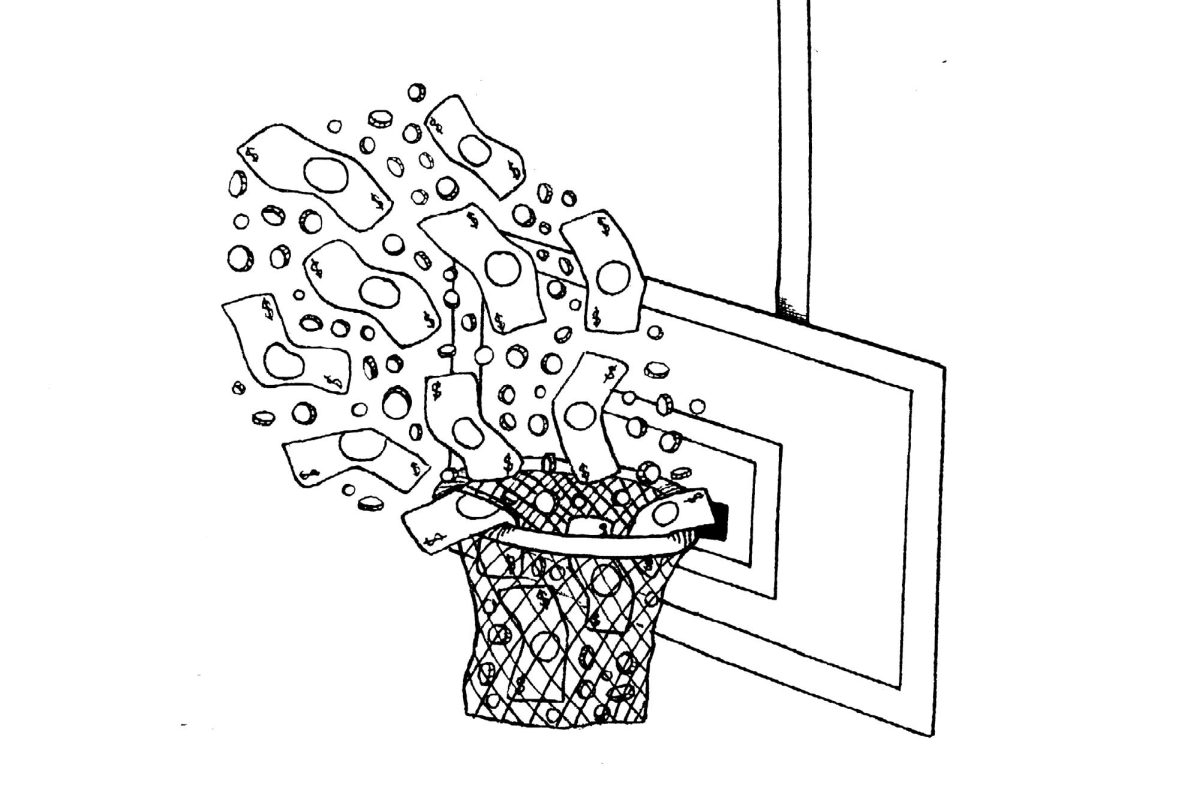Late Saturday night the GW community experienced its latest tragedy, as a sophomore drowned in the Potomac River Tidal Basin. Philip Augustin lost his life prematurely; he was the fourth student to die in the last four months. As the campus newspaper, it has been The Hatchet’s job to report each of those stories and work our hardest to inform the community of all pertinent details through articles and photographs. In addition to reporting details about the student’s passing, we look to tell a story about what each student meant to his or her close friends. We speak with the individuals’ friends and provide a glimpse into the impact they had on campus. But this weekend, we faced a dilemma regarding our reporting of the most recent student death.
Reporting and photographing untimely student deaths is the most difficult and unfortunate job we face at The Hatchet, but is a task we are compelled to do. Hatchet editors learned of a developing news story regarding a GW student near the Tidal Basin late Saturday night. We sent a photographer and reporter as we do to every pertinent news story on campus and around the District. We confirmed the story early Sunday morning and also took photos of the scene near the Franklin D. Roosevelt Memorial.
One of the photos, which we ran on page six of today’s issue as well as in our online edition, shows Augustin’s body lying under a sheet near the edge of the Tidal Basin. His shoes are visible in the picture.
This is the first time this year The Hatchet is running a photo of the circumstances surrounding a student death, because it is the first time we were able to take one. The staff engaged in a significant debate regarding how we would report the tragedy. Hatchet editors take great care with every story and photo in order to ensure accuracy, timeliness and impact while always keeping ethical issues in mind. After close consideration, we often choose not to run certain photos or information in stories if they do not follow our guidelines for print. But in this case, we concluded the extremely powerful photo was important to run, and after long debate, we decided to run the picture inside the newspaper.
The photo illustrates Saturday night’s scene, as the cherry blossom trees, the river and the student are all visible in the photo. The victim’s tennis shoes are especially poignant – it is apparent from his shoes that the individual is a college student. The victim could have been any one of our friends. A strong picture has emotional impact, which can be painful in some circumstances, and we fully realize that we walk a fine line between a thought-provoking, informative picture and one that is seen as tasteless. Choosing an image can be an overwhelming challenge – although difficult for some to see, it helps to paint a more comprehensive picture of the tragedy.
The Hatchet does not seek to be sensational, crass or callous in printing any photo, and we consider the emotional impact of what we run in the newspaper. This year’s staff is especially aware of the emotions and issues that arise after experiencing the tragedy of losing a friend. Jenny Dierdorff, The Hatchet’s production manager, took her own life about seven weeks ago. We had the mission of reporting on her death, despite our proximity to the situation. We know how difficult it is to see a photo of a lost friend in addition to reading details about her death. And if The Hatchet had had a picture other than Jenny’s portrait to enhance the story, we would have engaged in a similar debate.
Although one’s immediate reaction is often to be offended by a strong emotional picture, our goal is to be as informative as possible and most accurately describe the scene and the story. Realizing that we are reporting the tragedy to a relatively small and close-knit campus and cognizant of the emotions involved in losing a friend, we decided to move the photo inside after initially considering putting it on the front page. Instead, we ran the first part of the story and a portrait of Augustin on the bottom half of the front page, just as the newspaper has done for other students who lost their lives this semester. As readers learn more about Augustin and the circumstances of his death, they can then move on to see the picture on page six along with the conclusion of the story.
In situations like this, there are no absolutes, and we attempted to make the best decision possible and strike what we thought to be the best balance between being as comprehensive as possible and as sensitive as possible. It will be a difficult time ahead for those who knew Augustin, and The Hatchet will seek to continue to keep the GW community updated on any more information we learn through photos and stories. I encourage any readers with comments on this issue to write letters to the editor. They can be e-mailed to letters@gwhatchet.com.
–The writer, a senior majoring in political communication, is Hatchet editor in chief.





